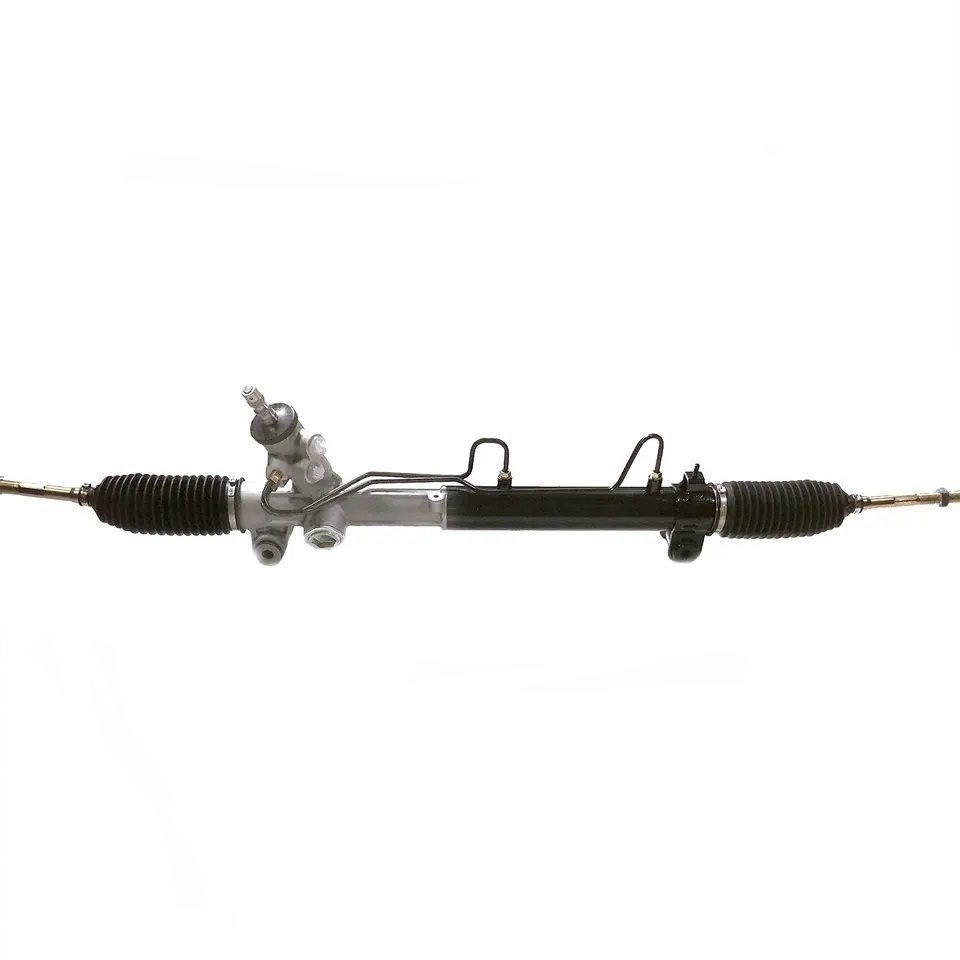What happens when a steering gear box goes bad?
2024-03-13
When a steering gear box goes bad, it can cause various symptoms and issues that affect the handling and safety of the vehicle.
One of the most noticeable symptoms is excessive play or looseness in the steering wheel. This means there is a delay or lack of response when turning the steering wheel, making it feel loose or sloppy.
A bad steering gear box may also cause difficulty in steering, especially at low speeds or when making sharp turns. Steering may feel stiff or require more effort than usual, making it challenging to control the vehicle.
If the steering gear box is leaking fluid, it can result in a loss of power steering assistance. This may cause increased steering effort and a noticeable decrease in steering responsiveness.
A failing steering gear box may produce grinding, whining, or clunking noises when turning the steering wheel. These noises may indicate internal wear or damage to the gear box components.
Vibrations or shuddering felt through the steering wheel while driving can be a sign of a worn or damaged steering gear box. This may occur due to excessive play or misalignment within the gear box.
A malfunctioning steering gear box can cause uneven tire wear, particularly if it is causing alignment issues or excessive play in the steering system. Uneven tire wear may manifest as bald spots, cupping, or abnormal wear patterns on the tires.
If the steering gear box is worn or damaged, it may cause the vehicle to drift to one side or the other while driving, especially at higher speeds. This can make it challenging to keep the vehicle traveling in a straight line.
If any of these symptoms are experienced, it's essential to have the steering system inspected by a qualified mechanic as soon as possible to diagnose the problem and perform any necessary repairs or replacements. Ignoring issues with the steering gear box can lead to further damage, compromised vehicle handling, and safety risks on the road.





